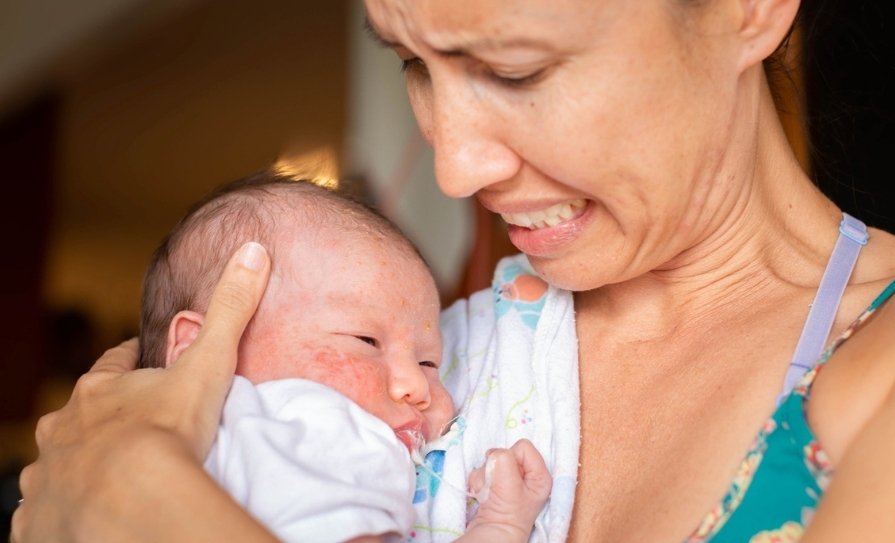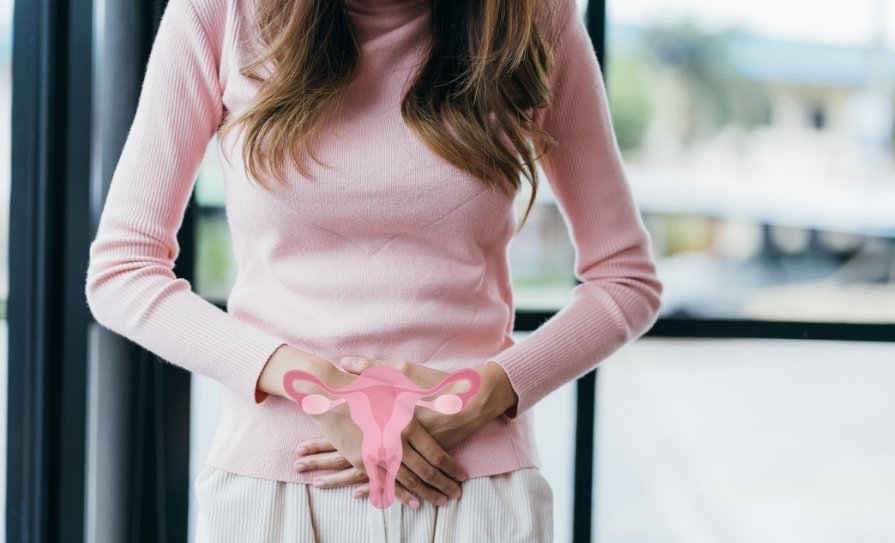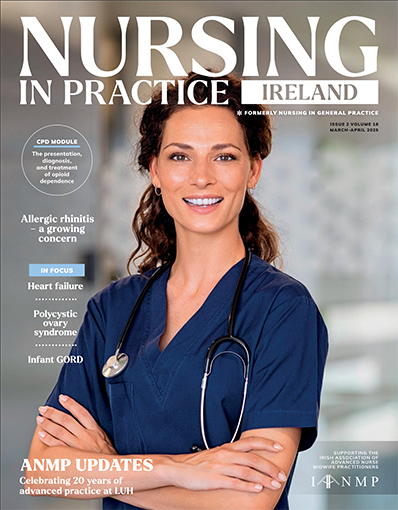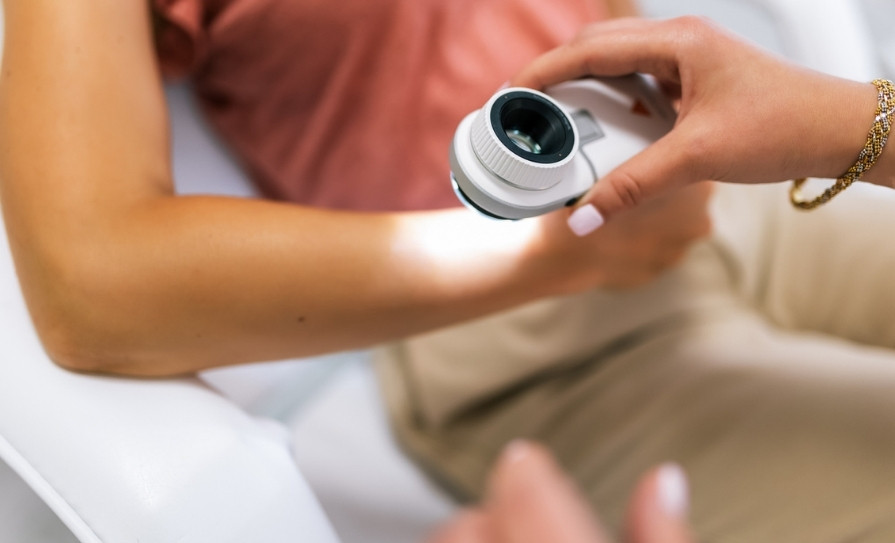Reference: Nov-Dec 2024 | Issue 6 | Volume 17 | Page 37
Taking a look at current data to support domiciliary non-invasive ventilation and the development of a local guideline for patients with type 2 respiratory failure
Non-invasive ventilation (NIV) refers to the provision of ventilatory support through the patient’s upper airway using a mask or similar device. The therapy is commonly used to treat patients with acute and chronic respiratory failure, which can be defined as failure to maintain adequate gas exchange, and is characterised by abnormalities in arterial blood gas measurements.
There is robust evidence for the use of NIV in the management of acute exacerbations of chronic obstructive pulmonary disease (COPD), but less evidence supporting its effectiveness in chronic COPD. Despite this, COPD is one of the most common reasons for the use of long-term NIV. This article examines the current data supporting the use of domiciliary NIV and describes the development of a local guideline for implementing domiciliary NIV for patients with type 2 respiratory failure.
NIV
Modern NIV devices have a variety of modes and settings. The main therapy delivered by NIV is called bi-level positive airway pressure (BiPAP), which uses two levels of pressure called IPAP (inspiratory positive airway pressure) and EPAP (expiratory positive airway pressure).
IPAP is responsible for increasing the tidal volume per minute and alveolar ventilation, as well as ensuring carbon dioxide removal from the lungs. EPAP opens the alveoli to allow for more gas exchange by increasing the surface area, prevents airway collapse, and increases functional residual capacity of the lungs.
In BiPAP ventilation that spontaneously triggers a breath with a timed back-up breath should an apnoea occur, the value determined by the difference between IPAP and EPAP (pressure support) is used to create sufficient tidal volume to assist the removal of carbon dioxide from the lungs.2
Setting up domiciliary NIV
Educating the patient and caregiver about the therapy is of vital importance prior to initial discharge from the hospital to home, in terms of expected results, necessity of the therapy, follow-up, mask-fitting, and ventilator workings. The patient and their carers should complete competency training on how to operate the equipment, identify simple problems, and when to seek advice.1
Domiciliary NIV recommendations
In contrast to long-term oxygen therapy, which has specific guidelines for the prescription and management of the treatment, there are no existing guidelines for the prescription and management of long-term NIV therapy. The British Thoracic Society 2016 guidelines for NIV are directed mainly at acute care; however, the document does give indications for referral for domiciliary NIV, such as after receiving treatment for an acute episode of respiratory failure for more than a week.1 It has also been suggested that long-term NIV should be considered in patients with COPD who had three or more admissions as a result of acute hypercapnic respiratory failure in the previous year.1,3
Chronic hypercapnic respiratory failure in chronic respiratory disease usually demonstrates a high level of carbon dioxide. Therefore, managing hypercapnia may be an important intervention for improving the health outcomes of COPD patients with chronic respiratory failure and an indication for domiciliary NIV.2
The European Respiratory Society (2019) conditionally supports the application of domiciliary nocturnal BiPAP to improve health outcomes by targeting a reduction in carbon dioxide in COPD patients with persistent hypercapnic respiratory failure. It is important to note that in this cohort of patients, if long-term oxygen therapy is also required, the oxygen saturations (SaO2) should be maintained between
88-92 per cent.3 Staff, patients, and families should be made aware of this, and these parameters should be clearly documented in the patient’s notes by the prescribing clinician.
Domiciliary NIV: The evidence
The primary goals of long-term NIV are to improve symptoms, survival, and health-related quality-of-life; to decrease the need for hospital admissions; correct hypoventilation; and prevent complications of disease.8 Evidence to support the use of long-term NIV in chronic respiratory failure has been inconsistent. It is primarily based on gas exchange and lung function rather than health-related outcomes such as dyspnoea, functional status, symptom relief, quality-of-life, morbidity, mortality, frequency of exacerbations, comfort, and compliance. The importance of the holistic approach must be adopted for this cohort of patients at each interaction.3,2,3
Long-term NIV – which is mainly nocturnal in patients with chronic respiratory failure secondary to a restrictive thoracic wall disorder – does appear to prolong survival in this cohort of patients, according to some findings. Studies have also demonstrated sustained improvements in gas exchange, shown as a decrease in PaCO2 (partial pressure of carbon dioxide) during the daytime and an increase in SaO2 during sleep.2,7 These findings support the hypothesis that the decrease in PaCO2 and the increase in PaO2 (arterial oxygen pressure) caused by nocturnal NIV are instrumental in improving pulmonary haemodynamics observed in patients with chronic respiratory failure.2
The term dyspnoea characterises a patient’s subjective experience or sensation of shortness of breath,4 and is a commonly reported symptom in a wide range of disorders. Patients with various chronic conditions such as COPD, motor neurone disease, and skeletal wall deformities, eg, kyphoscoliosis, may suffer from this symptom at some stage of their disease trajectory.
A primary aim of COPD management is the alleviation of dyspnoea, which is often particularly distressing, and can occur as a result of nocturnal hypoventilation,5 which is relieved by the nocturnal NIV. The treatment has also been identified as a potentially important measure in the management of dyspnoea in patients with COPD as a palliative care measure.9
NIV during sleep is often considered to be an unpleasant treatment, but despite this, patients continue to comply. The fact that patients still choose to use the treatment is considered evidence of its perceived benefits, since it is assumed that patients would not continue if they considered the advantages to be less than the disadvantages.2
It is also worth noting that home NIV for a highly selected group of patients with recurrent admissions to hospital with acidotic exacerbations of their COPD saves the acute hospital a significant amount of money. This can be demonstrated by way of reduced admissions to hospital, reduction in chest infections, but most importantly, a better quality-of-life for the patient, their family members, and carers.4
Developing and implementing a local guideline
In view of the current evidence and ongoing need, the respiratory multidisciplinary team in Letterkenny University Hospital (LUH) has developed a local guideline outlining the criteria for commencing domiciliary nocturnal BiPAP for patients with type 2 respiratory failure. All patients must have a respiratory consultation prior to initiation, and the respiratory consultant makes the final decision regarding commencing the therapy. The respiratory advanced nurse practitioner (ANP) at LUH then facilitates education regarding the therapy, management, and how to operate the equipment – including mask fitting – at ward level prior to discharge, as well as regular follow-up and assessment as an outpatient.
Research suggests ‘long-term follow-up care’ implies regular visits at the hospital every three to six months with home respiratory care support.6 In view of this data, the patient is contacted by telephone one to two days post discharge by the ANP, and followed up in the outpatient department at the dedicated ANP BiPAP clinic one month later, then in three months, six months, and annually, depending on each individual patient’s holistic care needs. While guidelines and data offer consensus on best practice for management, the focus is clearly on the disease rather than the life experiences of the individual. Therefore, an individualised, patient-centred approach is a central component of care.
To ventilate the patient as effectively as possible and to ensure maximum comfort, the mask chosen must fit well, and proper placement and positioning is key. If the mask is too tight, the patient will be uncomfortable, and over time, pressure-induced tissue ischaemia will develop. If the mask is too loose, a leak may develop. Proper sizing and fitting are aided by a variety of gauging tools currently available.1 This is facilitated before discharge, and patients/carers have a chance to ask questions and become competent at mask fitting, placement, and positioning.
Patients are also provided with the LUH BiPAP information booklet, which contains the prescription settings, prior to discharge. The patient is advised to bring this booklet to all appointments, to ensure that if the BiPAP settings need to be changed, this can be altered in their personal prescription contained in the information booklet. Patients on home NIV and their families/carers require telephone access to a hospital ward or a service which they can contact at all times, details of which are included in their BiPAP information booklet, including the ANP contact details and the equipment provider company. The company provides a 24-hour on call service, ensuring reassurance to both patient and family.
The clinic also ensures equipment is serviced and any faults in it or the mask are identified by the attendance of the provider equipment company. Repairs or replacements are subsequently facilitated on the same day, ensuring patient satisfaction and optimal quality-of-care, thus further enhancing adherence to the therapy. BiPAP settings can then be changed according to the patient’s level of need, respiratory failure levels, and symptoms.
Funding
Medical cardholders’ rental payments for the equipment and mask are made directly by the local HSE primary care office. Non-medical cardholders receive monthly invoices for the rental of the equipment and mask, but should be advised at initial set-up of the therapy that their equipment and mask rental is covered under the community drugs payment scheme as ‘prescribed medical appliances’. Under the HSE drugs payment scheme, no individual or family has to pay more than the approved monthly threshold amount in the calendar month for approved prescribed medicines and appliances for use by that person or their family in that month.
Staff training
Education and ongoing training of the multidisciplinary team is also of vital importance in the management of this cohort of patients. Training should include an understanding of the anatomy and physiology of the respiratory system, the treatment options available, NIV inclusion and exclusion criteria, operation of the equipment, maintenance and cleaning, selection of interfaces, and assessment of effectiveness. The team needs to understand how to interpret data and assess the patient’s clinical response to treatment.1 NIV education and training at LUH, as per best practice, is delivered by way of study days in the Nursing Education Centre, facilitated and delivered by the respiratory ANP, at which attendees receive CPD credits. Regular ward-based updates are also provided to all appropriate members of the multidisciplinary team on an ongoing basis.
Conclusion
The development of a local guideline to direct the implementation of domiciliary NIV ensures patients receive holistic, structured, and comprehensive care in the absence of national and international best practice recommendations. The respiratory ANP plays a central role in implementing all aspects of the guideline, from patient education and follow-up, to staff education and skill development. All aspects of the guideline were developed through multidisciplinary collaboration, and are aligned with the best available evidence and patient wishes. It is anticipated that the document will be reviewed and updated as the evidence evolves and patient feedback is gathered.
References
- Davidson AC, Banham S, Elliott M, et al. BTS/ICS guideline for the ventilatory management of acute hypercapnic respiratory failure. Thorax. 2016;71 Suppl 2:ii1-ii35.2.
- Simonds AK. Non-invasive respiratory support: A practical handbook. CRC Press; 2007.
- Ergan B, Oczkowski S, Rochwerg B, et al. European Respiratory Society guidelines on long-term home non-invasive ventilation for management of COPD. Eur Respir J. 2019;54(3):1901003.
- Tuggey JM, Plant PK, Elliott MW. Domiciliary non-invasive ventilation for recurrent acidotic exacerbations of COPD: An economic analysis. Thorax. 2003;58(10):867-71.
- Schaefer IL, Dorschner S. ‘Quality-of-life means acting independently.’ How do COPD-patients experience non-invasive ventilation? A qualitative study. Pflege. 2005;18(3):159-68.
- Cuvelier A, Muir JF. Noninvasive ventilation and obstructive lung diseases. Eur Respir J. 2001;17(6):1271-81.
- Raveling T, Vonk J, Struik FM, et al. Chronic non-invasive ventilation for chronic obstructive pulmonary disease. Cochrane Database Syst Rev. 2021;8(8):CD002878.
- Janssens JP, Michel F, Schwarz EI, et al. Long-term mechanical ventilation: Recommendations of the Swiss Society of Pulmonology. Respiration. Published online December 10, 2020.
- Steindal SA, Hofsø K, Aagaard H, et al. Non-invasive ventilation in the care of patients with chronic obstructive pulmonary disease with palliative care needs: A scoping review. BMC Palliat Care. 2024;23(1):27.













Leave a Reply
You must be logged in to post a comment.